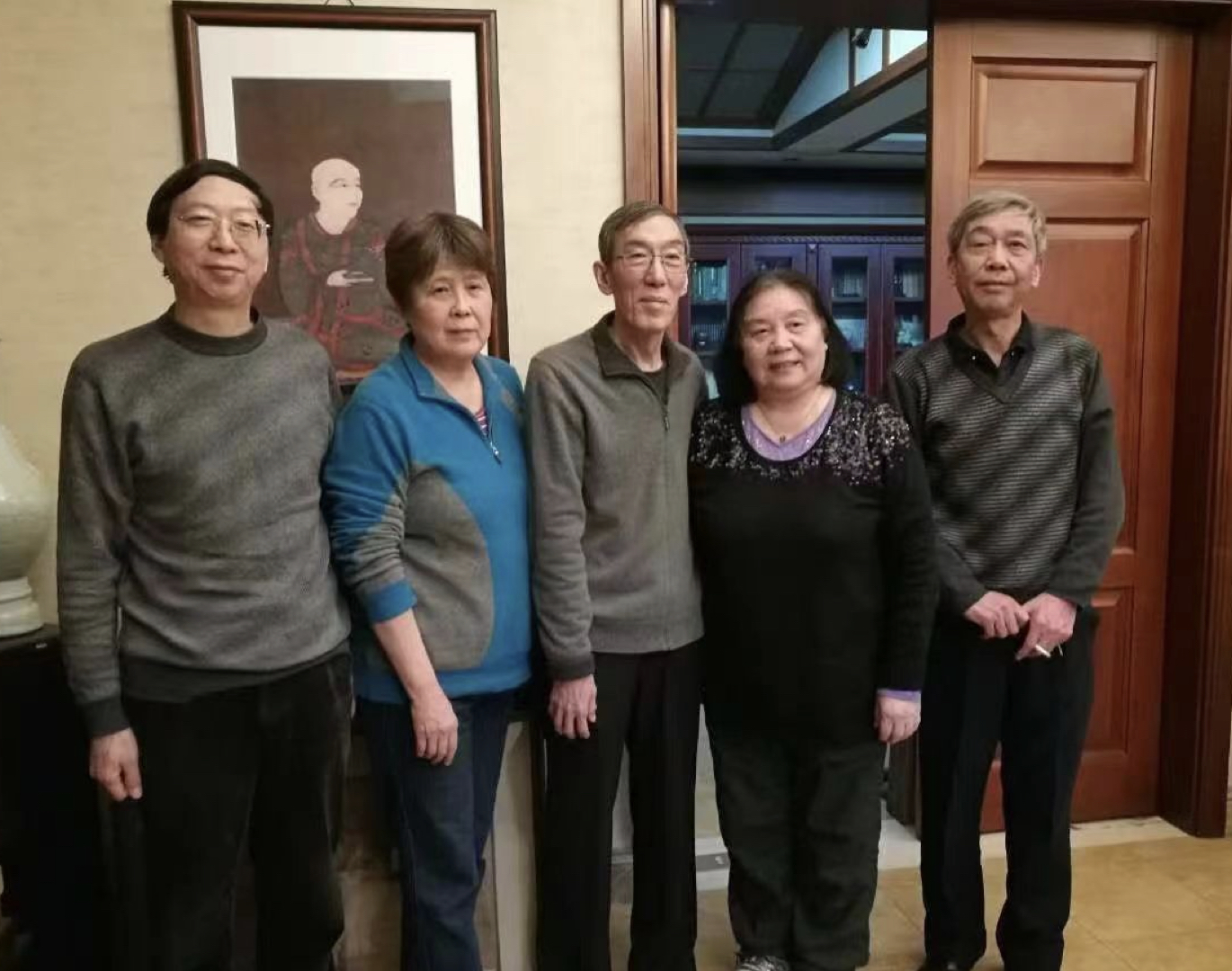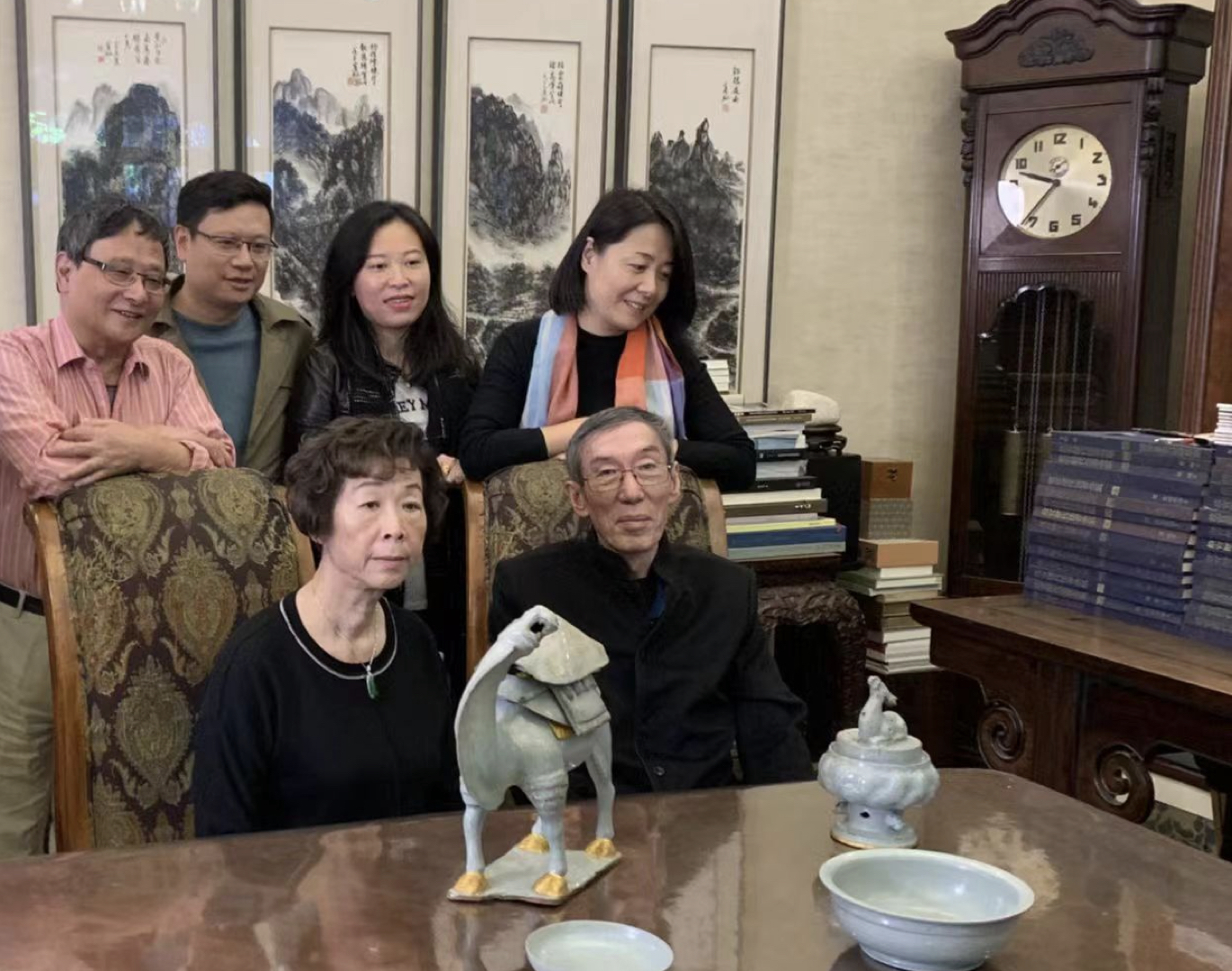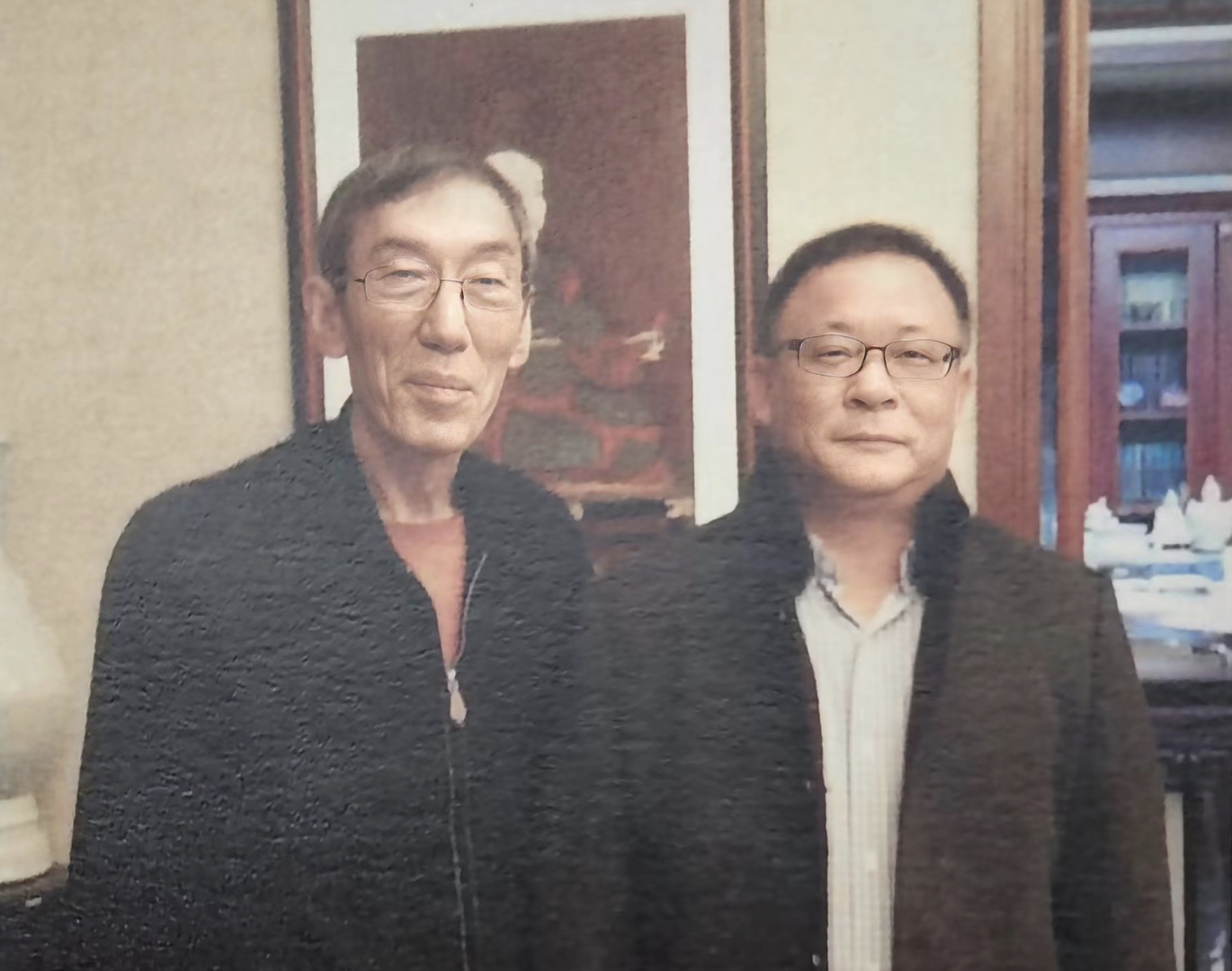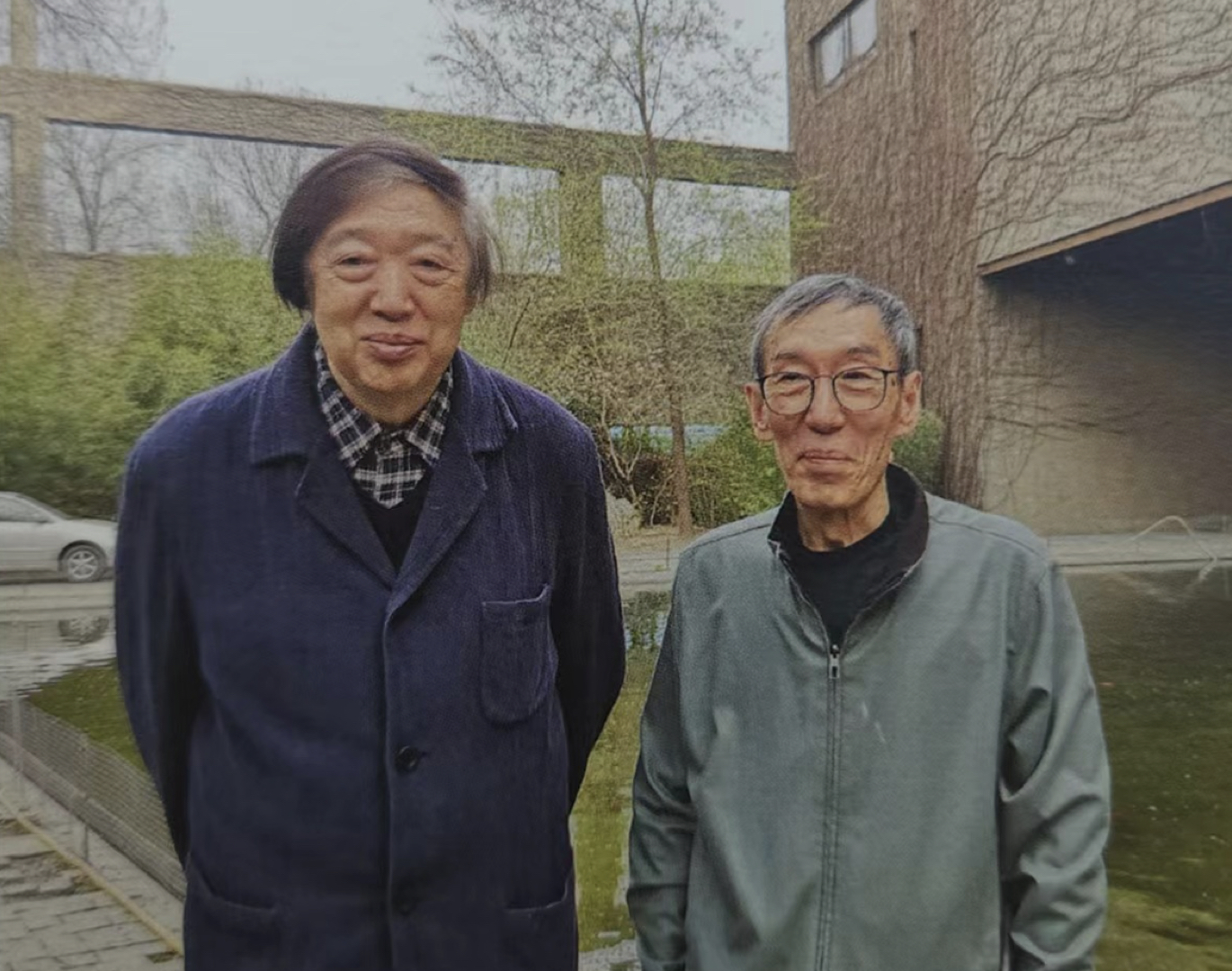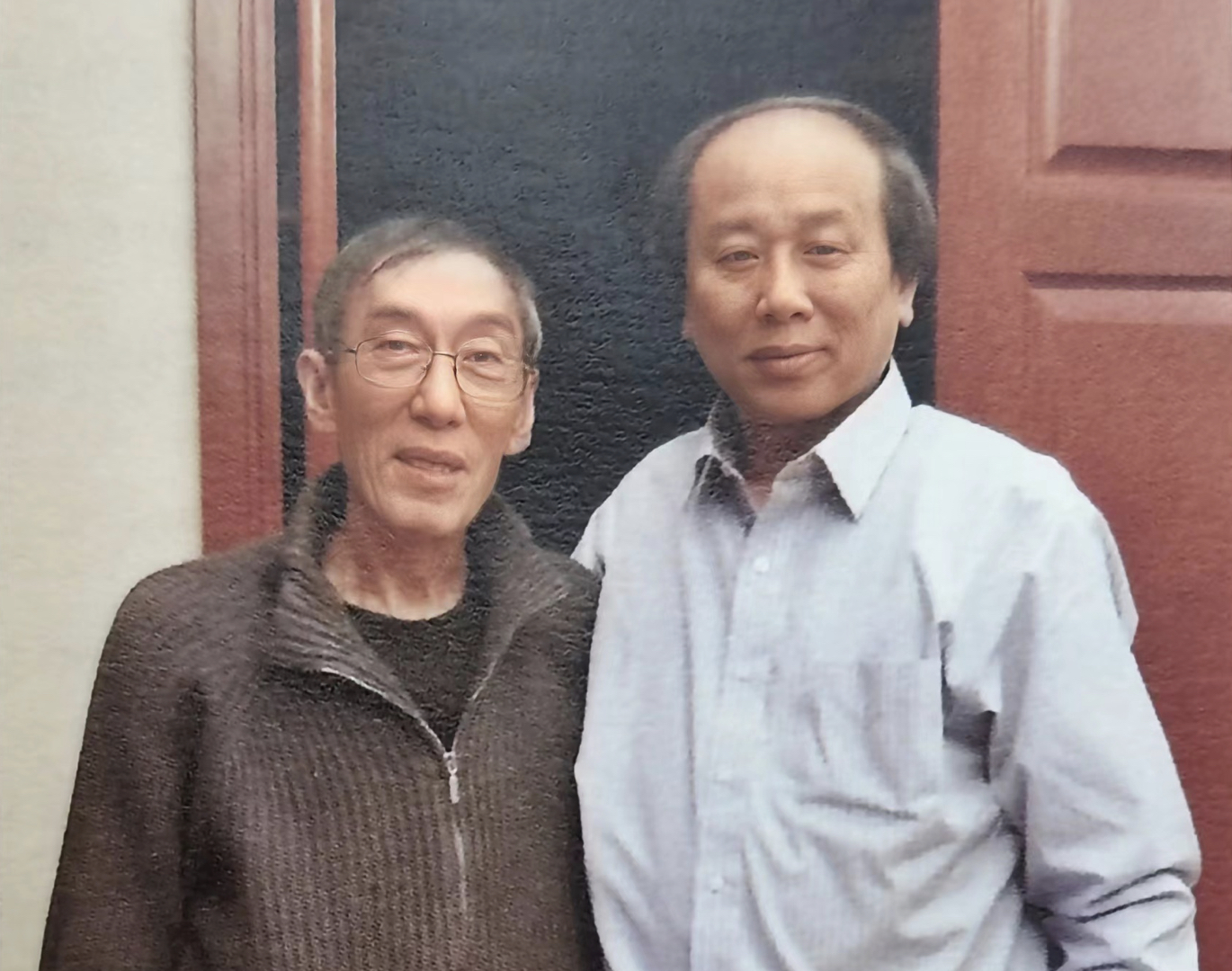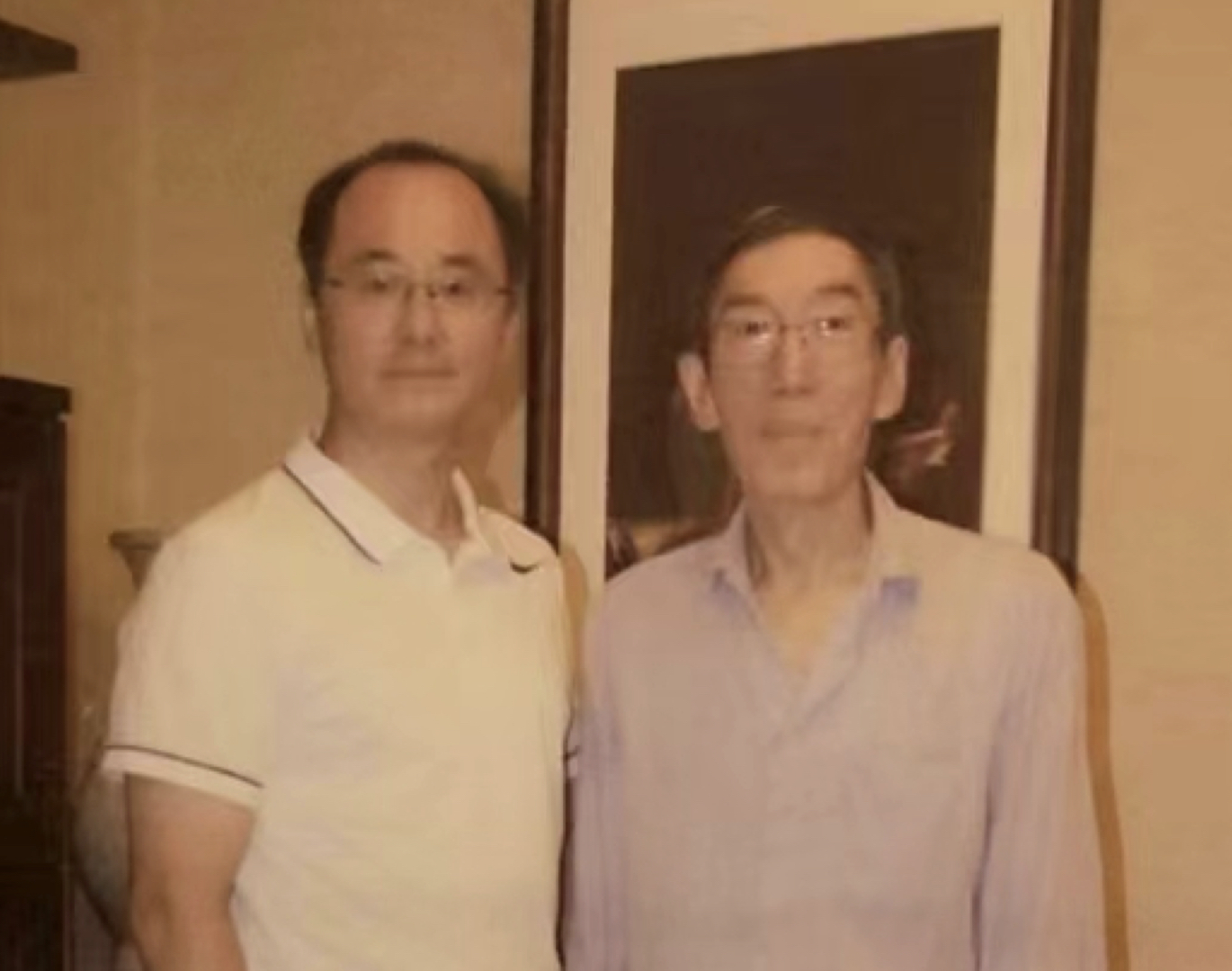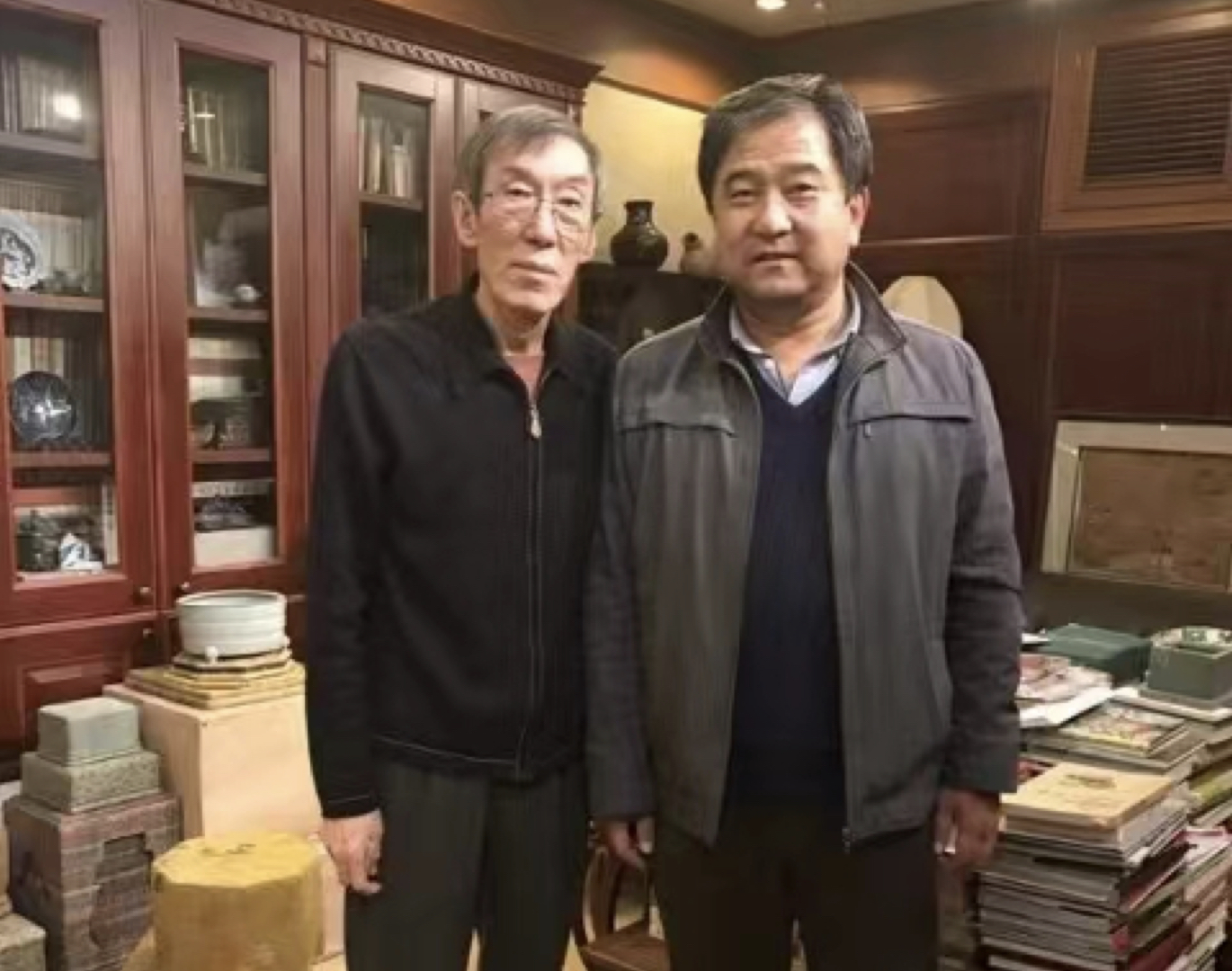Home coming of Song Dynasty Guan Kiln
Imperial Porcelain
Owner of Harmony Hall has made remarkable contribution to the antique porcelain collection field in recent decades. Through his uncle, a naturalized family in Japan, he has acquainted with Kikuchi family, Takeo Kikuchi (1875-1955) who had a century’s private collection of Song porcelain bought from the late Qing imperial family. Adding with the precious collection of his uncle’s, owner of Harmony Hall had made his utmost effort physically and financially, brought them back to Hong Kong and Beijing piece by piece from Japan. The entire journey was extremely difficult and tough. The importance of these piles of collections’ return shocked the Chinese antique circle and led to the issuance of three books (left) edited by Mr. Lv Cheng Long, well known porcelain expert, to describe and introduce the said collections. These publications have great influence to the research and study of Song Imperial porcelain.
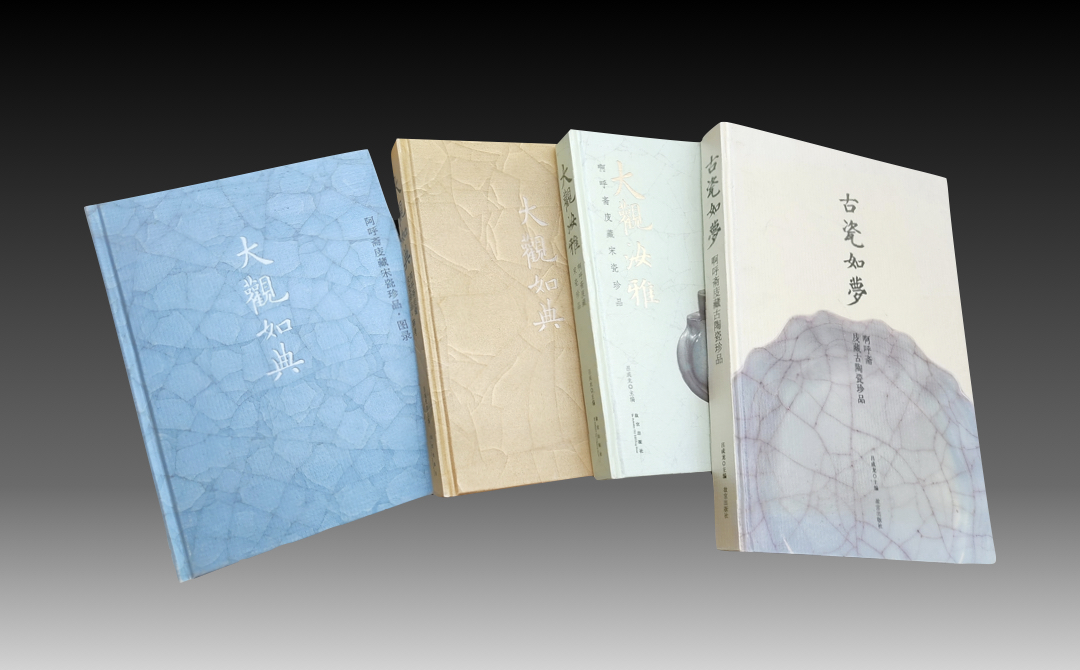
Books by Imperial Place publisher on Mr. Wang’s Guan Ware returning from Japan and his other cherished collections.
Owner of Ahu Zhai
Mr. Wang was influenced by his grandfather Zhao Heting since at young age. Zhao was a prominent figure in the Republic of China. Graduated in Northeast University and became a classmate of Liang Sicheng (1901-1972) a renowned Chinese architect, Zhao later served as the Chairman of the Gansu Province under the Government of the Republic of China, during which he had a strong political voice. After the founding of the ‘New China’ in 1949, Zhao took teaching as a profession in Beijing, he was also incredibly knowledgeable and took antiques collection as a passion.
Having been surrounded by his grandfather since childhood, Mr. Wang developed a strong interest in traditional Chinese culture, and inherited some of his grandfather (Zhao)’s antique collection, and began his research and the study of Chinese antiques.
In 1969, he had been dispatched to Shaanxi for 7 years, worked and built up the wild countryside at the request of the government. Upon return to Beijing in 1976, he picked up his childhood interest almost immediately, and wandered around antique markets, from Beijing Di’anmen to Tianjin, and purchased loved items.
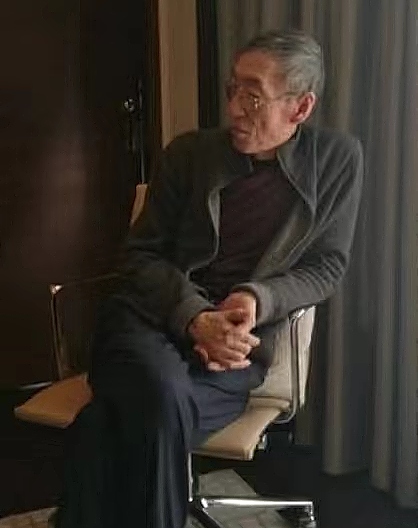
Mr.Wang Yang, owner of Harmony Hall
By the 1980s, he had sought some collections of his own. In addition to ancient paintings and calligraphy, his top collection included the porcelains of the five famous kilns of the Song Dynasty, and embroidery pre-Song. Due to his family background, he travelled back and forth to Japan for 20 years, to claim back the Song Dynasties porcelains, which had been kept in Japan for many years.
Ahu owner’s low profile meant that he had not been active in the antique collection circle in China. But in 2017 the Palace Museum Publishing House published several books about Ahu Zhai, and the owner’s childhood, his journey to Japan and collections brought much surprise to the antique collection world.

